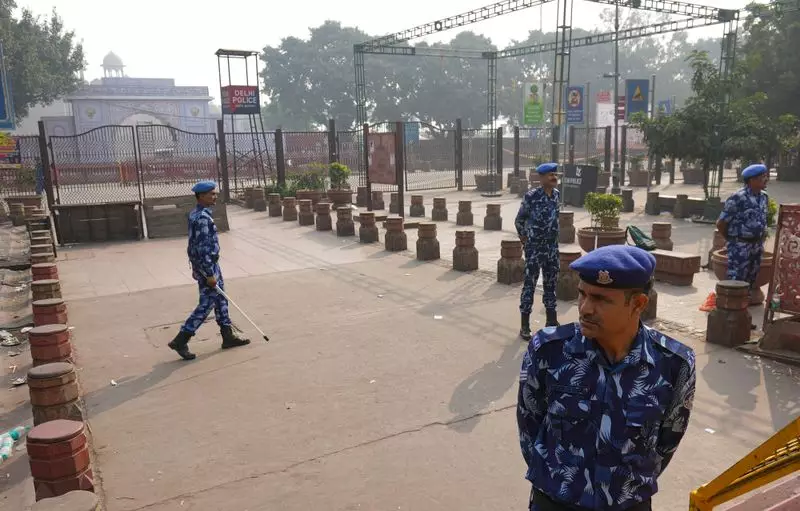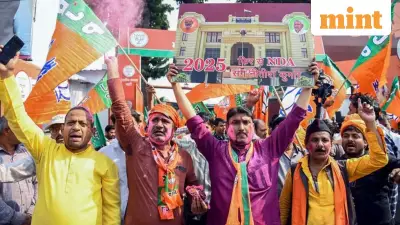
The National Investigation Agency (NIA) has taken a significant step forward in the long-pending Red Fort blast case by presenting accused Jaan Mohammad Shaikh before a special court in Delhi. This development marks a crucial moment in the investigation of the terrorist attack that shook the nation's capital over two decades ago.
The Court Proceedings and Arrest Details
Jaan Mohammad Shaikh was produced before the NIA special court in Delhi on Tuesday, following his recent arrest in connection with the December 2000 Red Fort terrorist attack. The accused had been evading authorities for an extended period before being apprehended by the investigating agency.
The court proceedings saw detailed arguments from both the prosecution and defense regarding Shaikh's custody and the ongoing investigation. The NIA presented evidence gathered over years of investigation into the case that had remained partially unresolved due to the accused's absence from the judicial process.
Historical Context of the Red Fort Attack
The Red Fort blast case dates back to December 2000 when terrorists attacked the historic monument, resulting in casualties and significant national security concerns. The iconic fort, which serves as an important symbol of India's independence, was targeted in what authorities described as a planned terrorist operation.
The attack had prompted massive investigations by multiple agencies, with the case eventually being transferred to the National Investigation Agency due to its severity and cross-border implications. The incident had raised serious questions about security at protected monuments and prompted nationwide security enhancements.
Investigation Developments and Legal Journey
The NIA has been pursuing this case diligently for years, following various leads and evidence trails. Shaikh's arrest represents a breakthrough in the agency's persistent efforts to bring all involved parties to justice. The investigation has uncovered connections to terrorist organizations and revealed the planning behind the attack.
Legal experts familiar with the case suggest that Shaikh's presentation in court could lead to new revelations and potentially help uncover additional details about the conspiracy. The special court has been hearing arguments about the evidence collected and the need for further investigation into the accused's role and connections.
The case has seen multiple twists and turns over the years, with several accused being tried and convicted while others remained at large. Shaikh's emergence in the legal proceedings adds a new dimension to the case that has spanned more than two decades.
National Security Implications
This development underscores the NIA's continued focus on resolving long-pending terrorism cases across the country. The agency's persistence in pursuing leads even years after the incidents demonstrates India's commitment to combating terrorism through legal means.
Security analysts note that resolving such historical cases sends a strong message about India's determination to address terrorism comprehensively. The Red Fort attack had particularly significant symbolic importance given the monument's status in the nation's history and collective consciousness.
The proceedings also highlight the challenges in investigating and prosecuting terrorism cases that span many years, with evidence collection, witness availability, and legal procedures creating complex scenarios for law enforcement agencies.
As the case moves forward, authorities remain focused on ensuring that justice is served for the victims of the attack while maintaining the highest standards of legal procedure and evidence presentation.





